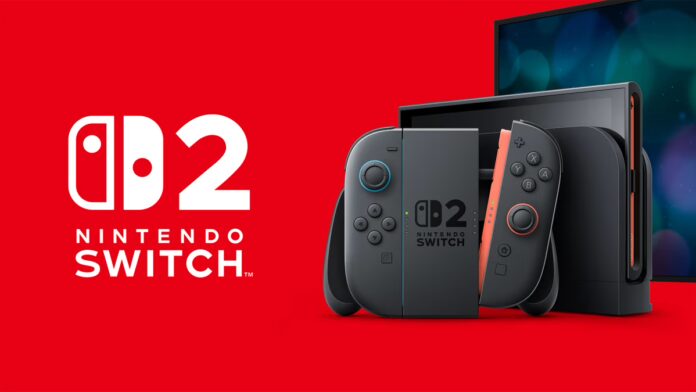By Bryan Tropeano
Nintendo is setting ambitious targets for the year ahead, projecting 15 million units sold of its upcoming console, the Nintendo Switch 2. As the gaming giant shifts into a new hardware cycle, this forecast reflects both confidence in the device and awareness of broader market challenges.
Despite facing a 30% decline in overall revenue during fiscal 2025, Nintendo appears poised to rebound through the Switch 2 launch. The company’s strategy combines legacy franchise strength with hardware innovation—two factors that helped the original Switch maintain dominance for nearly a decade.
The target of 15 million units isn’t just a sales goal—it sets the tone for investor expectations and signals Nintendo’s intent to compete aggressively with rivals like Sony and Microsoft. It also reflects increasing competition in the handheld and hybrid gaming market, where cloud gaming, mobile devices, and PC handhelds like the Steam Deck are gaining traction.
Analysts speculate that Nintendo’s forecast considers not only core gamers but also the broader casual market the company historically serves well. With titles like Zelda, Mario Kart, and Animal Crossing likely returning to showcase the Switch 2’s capabilities, the potential for mass appeal remains high.
Software is expected to play a key role as well, with Nintendo projecting around 45 million new game units sold during the same fiscal period. That software-to-hardware ratio aligns with historical patterns and reinforces the importance of exclusive content in driving console adoption.
However, there are headwinds. Ongoing supply chain issues, the possibility of U.S. tariffs on imports from China, and rising component costs could impact retail pricing and availability. Nintendo has hinted at these pressures, and any significant price increases might limit reach in cost-sensitive markets.
Still, the company’s ability to maintain a strong brand identity and deliver first-party titles that resonate with multiple age groups gives it a competitive advantage. If the Switch 2 launches smoothly and third-party developers continue to support the ecosystem, reaching 15 million units sold may be well within reach.
As the fiscal year unfolds, all eyes will be on launch dates, software announcements, and pre-order momentum. For Nintendo, the Switch 2 isn’t just the next console—it’s a critical step in sustaining its legacy in an increasingly crowded gaming industry.
About the Author: Bryan Tropeano is a senior producer and regular reporter for NewsWatch. He lives in Washington D.C. and loves all things Tech.










